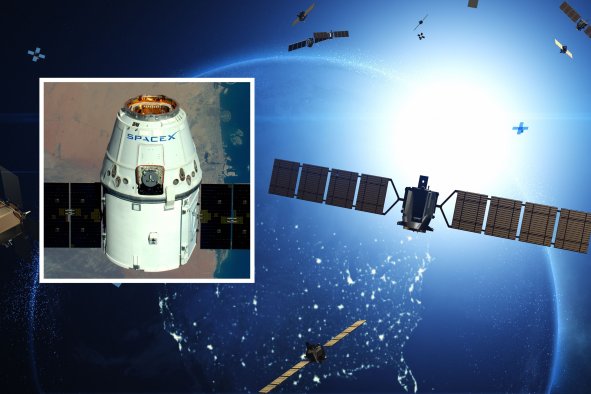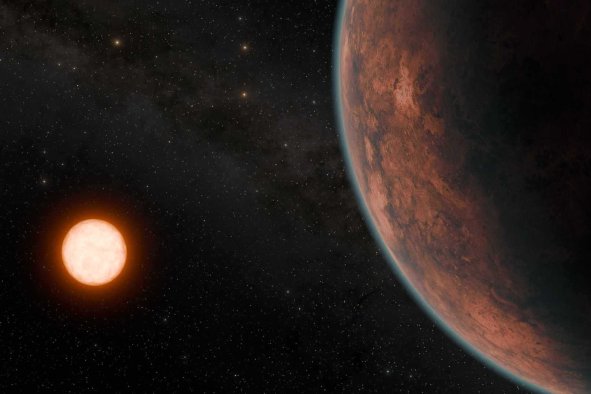Stargazers are in for a rare celestial treat in early June this year when six planets will align in the pre-dawn sky.
This rare event, often referred to as a "planet parade," will occur on June 3, 2024, and feature Mercury, Mars, Jupiter, Saturn, Uranus, and Neptune all lining up close together.
The alignment will stretch in a roughly straight line from the low eastern horizon—Jupiter closest to the horizon, up through Mercury, Uranus, Mars, Neptune, and Saturn—with observers needing to look toward the eastern horizon about 20 minutes before sunrise to catch this astronomical spectacle.
Planetary alignments, where multiple planets appear close together in the sky from our perspective on Earth, are intriguing and relatively rare astronomical events. Two-planet alignments, known as conjunctions, are fairly common and can happen several times a year. Those involving four or more planets are significantly rarer, and the specific alignment of six planets, as expected in June, occurs only a few times in a decade.
This phenomenon won't exactly light up the sky, however, as most of the planets won't be visible to the naked eye.
Uranus and Neptune will only have magnitudes of 5.9 and 7.8, respectively, according to Astronomy magazine: a lower or more negative magnitude value indicates greater brightness, with the full moon shining with a magnitude of -13, and the sun at -27. Objects with a magnitude of +6 or less are can be visible to the naked eye. Therefore, Neptune and Uranus will require a telescope or powerful binoculars to see at all.
Mars and Saturn will each have a magnitude of around +1, so will both be faintly visible to the naked eye. However, while Jupiter and Mercury will have magnitudes of -2 and -1 respectively, they will both appear close to the sun in the sky, and therefore be more difficult to spot than usual.
For those keen on observing this event, it is essential to have a clear, unobstructed view of the eastern horizon around 20 minutes before sunrise. Locations with minimal light pollution, such as rural areas or designated dark-sky sites, will provide the best viewing experience.
Using binoculars or a telescope will enhance the viewing of the fainter planets that can't be spotted with the naked eye. Skygazing apps may help you to find where the planets should be.
The moon will also briefly join in on the alignment, with a thin sliver of waning crescent being visible near Mars on the nights of June 3 and 4.
For those who miss the June 3 alignment, there will be more opportunities to observe similar events in the future. Another notable planetary alignment is expected on August 28, 2024, featuring another pre-dawn display of Mercury, Mars, Jupiter, Uranus, Neptune, and Saturn.
Do you have a tip on a science story that Newsweek should be covering? Let us know via science@newsweek.com.
Disclaimer: The copyright of this article belongs to the original author. Reposting this article is solely for the purpose of information dissemination and does not constitute any investment advice. If there is any infringement, please contact us immediately. We will make corrections or deletions as necessary. Thank you.



